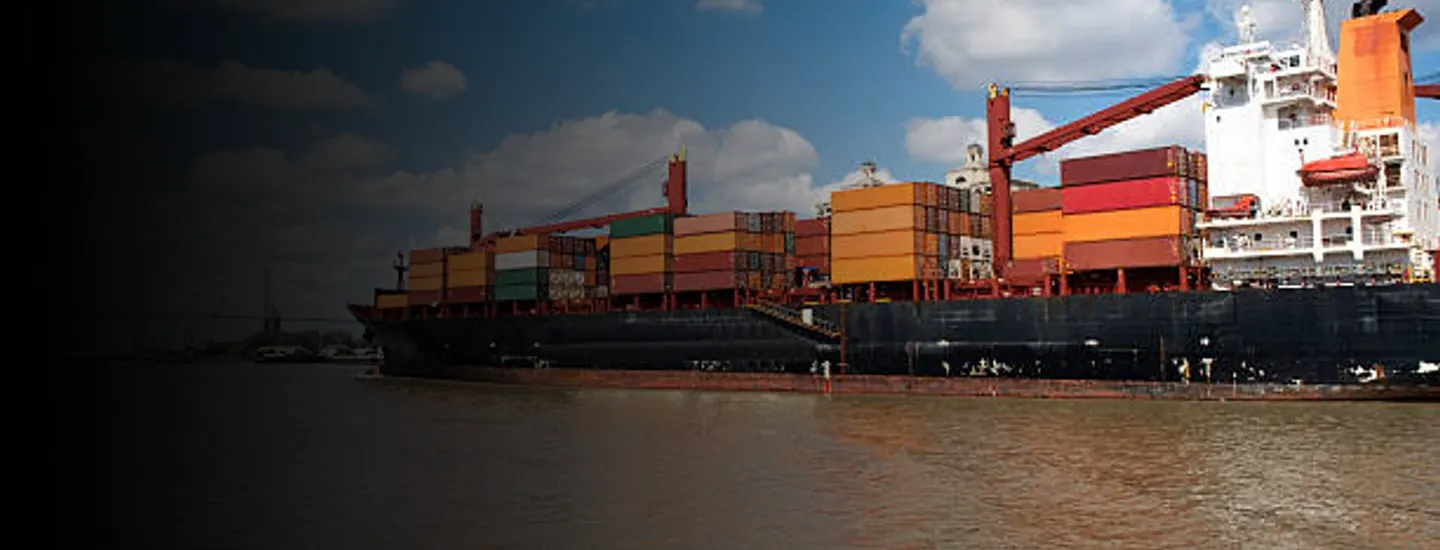If you’re to read any recent article on the supply chain crisis, it should be Peter Goodman’s recent New York Times piece, “It’s Not Sustainable’: What America’s Port Crisis Looks Like Up Close”. Goodman translates the hot dinner-table topic of ‘supply chain problems’ from an anecdotal eye-roll to a touchable understanding of congestion delays.
Goodman’s piece tells the story of America’s Supply Chain Crisis through the eyes of Griff Lynch, the executive director of the Georgia Ports Authority. Together, Goodman and Lynch paint a picture of the tactical challenges Savannah, GA supply chain workers face in today’s demand-driven environment. They give us a meaningful perspective on the supply chain crisis, providing insights into how disruption challenges actually play out throughout the importing process.
To take Goodman’s article a step further, I have categorized Lynch’s Savannah examples into each segment of the supply chain from supply to warehouse, with the hope of providing tangible examples of how the crisis could affect you… and why that night stand you have your eye on won’t arrive until February.
- Supply: You’re probably aware that COVID-19 outbreaks continue to impact many countries in Asia, resulting in factory and port shutdowns. Many people mistakenly believe this will bring relief to American import congestions. However, they actually make matters worse in the long run. The predictable, steady stream of goods, are replaced by unpredictable peaks and troughs that drive congestion and inefficiencies. For example, when one of Ningbo’s terminals shut down for days (due to a single worker contracting COVID-19), ships picking up goods were either re-routed or forced to wait off the coast. After reopening, all of those ships eventually picked up their goods and made their way to the U.S., slamming ports with a wave of imports. This same phenomenon will likely occur with volume arriving from Vietnam as it continues to reopen from a significant manufacturing slowdown, driven by COVID-19 outbreaks.
Goodman’s perspective on Savannah also demonstrates the challenges this poses for American manufacturers. He interviews the owner of a furniture store, whose products are made in America. However, the company relies on minor components that ultimately originate from Asia, which creates ripple effects to American manufacturing and product delays.
- Port Operations (Supply to U.S.): Savannah’s port is the third largest U.S. port by import volume. Currently, it’s sitting on nearly 80,000 shipping containers waiting to be picked up (50% more than normal). Traditionally, many companies have created supply chain which deliver goods at minimal cost. Therefore, supply chains are not designed to be able to absorb significant changes in demand. A good rule of thumb is to design supply chain capacity to absorb an additional 20% of volume if needed. The massive container influx and buildup in Savannah, at 50% above normal, highlights the challenge facing supply chains that do not have the physical capacity to store and handle the volume swings they currently face.
- Trucking (Port to Warehouse): The Port of Savannah recently broke its all-time trucking record, moving over 15,000 trucks in and out in a single day. The country’s ‘driver shortage’ problem has been widely discussed for years and is obviously compounded by this increase of volume. More importantly, from an equipment perspective, networks are challenged to get the chassis capacity required to handle the persisting container levels ports are experiencing. Every container that is unloaded must eventually be loaded onto a truck chassis to be transported to a warehouse, where it will continue to sit on a chassis until it is unloaded and returned to the port. I continue to hear from many industry professionals that chassis shortage is currently driving the majority of inland congestion issues.
- Warehousing: Savannah continues to be a microcosm of national supply chain issues for warehousing as well. Port container yards are full because the warehouses that need to accept goods are full or don’t have the labor capacity to unload them. Real estate data shows that Savannah post-COVID warehousing vacancy rates are down, and rent rates have subsequently increased over 4% in the region. Precious warehousing capacity is being gobbled up by importers simply to store containers in order to secure inventory and alleviate port congestion. Moreover, labor challenges are creating bottlenecks to get containers unloaded at facilities. These challenges are reflected in the data, with the Bureau of Labor Statistics reporting national warehousing wage rates up over 3% since January – an increase that is likely even higher in Savannah.
- Reverse Flow: The delays experience throughout the importing process compound at every stage, ultimately delaying the return of container back to Asia, and perpetuating the shipping delays on the supply side where we started.
What does all of this mean for you? The problem isn’t going away soon. If you’re a consumer, reset your expectations on product delivery times and customer service. If you’re a manufacturer or importer, continue planning for extended lead times and disruption over the next year or two.

